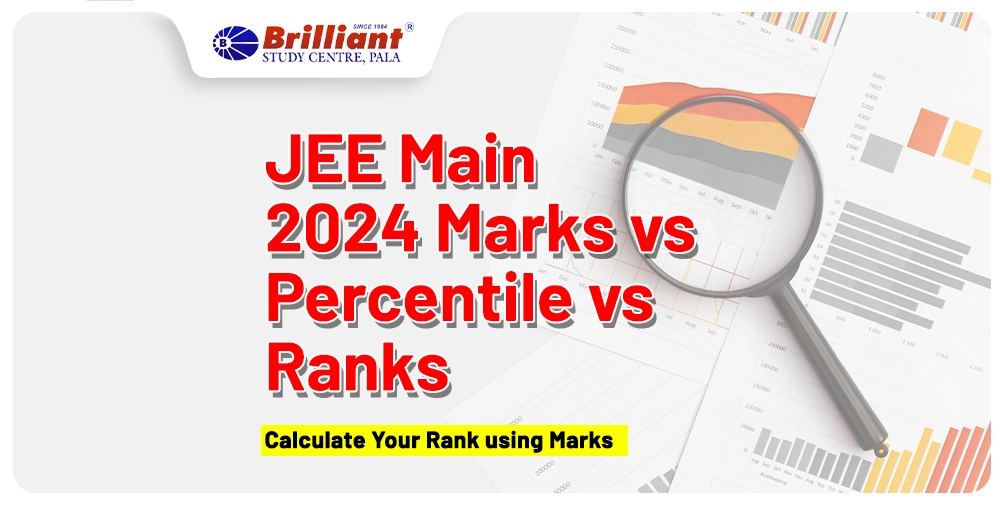Our Blog
Relevance of NIRF Ranking in Selecting Engineering Colleges

Any individual aspiring for a career in engineering, along with their parents, is likely to have encountered various rankings of engineering colleges in India. These rankings span from the prestigious IITs and NITs to even local engineering colleges, each finding a place in these lists. Many well-known magazines in India publish annual editions where they rank educational institutions, encompassing not only engineering colleges but also medical and management institutions, among others.
In the year 2016, the National Institutional Ranking Framework (NIRF) was introduced. This methodology for ranking was adopted by the Ministry of Education, Government of India. The fact that the government itself now offers rankings, aiming for impartial results, raises an important question: How much reliance can be placed on these rankings when making a decision about where one should pursue their education or guide their child’s educational path?
Within this article, we will delve into two crucial points to bear in mind before making a decision based solely on such rankings.
Primarily, the purpose of any ranking system is to assign numerical values to inherent qualities. Imagine the intricate challenge of quantifying abstract attributes like love, happiness, and freedom. Despite this complexity, numerous rankings of such attributes can be readily found across the internet. A notable example is the World Happiness Report, which serves as a case in point. Each year, Indian newspapers proclaim shifts in the nation’s happiness, seemingly treating the quantification of happiness as a straightforward task. Yet, this notion is easily dispelled by examining multiple rankings released within the same year. It is not uncommon to observe discrepancies, with even the top three positions varying across these rankings. This raises the question: What meaningful insights can be drawn from these rankings? While these rankings can help identify institutions sharing a similar level of excellence, their practical significance is better understood when accompanied by other considerations. For instance, non-academic factors like proximity to one’s home could be factored in, especially when faced with ties between institutions.
Yet another concern associated with rankings pertains to the inadvertent bias that certain criteria may exhibit towards institutions possessing specific attributes. Let us delve into this issue using a concrete example. In the 2023 NIRF ranking of engineering colleges, IIT Palakkad, a source of pride for Kerala, finds itself positioned at the 69th spot. The question arises: What factors led to this ranking? It is highly likely that the NIRF ranking incorporates criteria that unintentionally favour old institutions over newly founded ones, such as IIT Palakkad (established in 2015). Should any doubts linger regarding this possibility, a glance through the NIRF 2023 ranking available online is recommended – a venture that will likely reveal the names of numerous institutions surprisingly ranked higher than IIT Palakkad. Hence, when making a decision regarding an engineering college after successfully clearing the JEE, it is important to factor in these types of unintended biases as well.









Leave a Reply